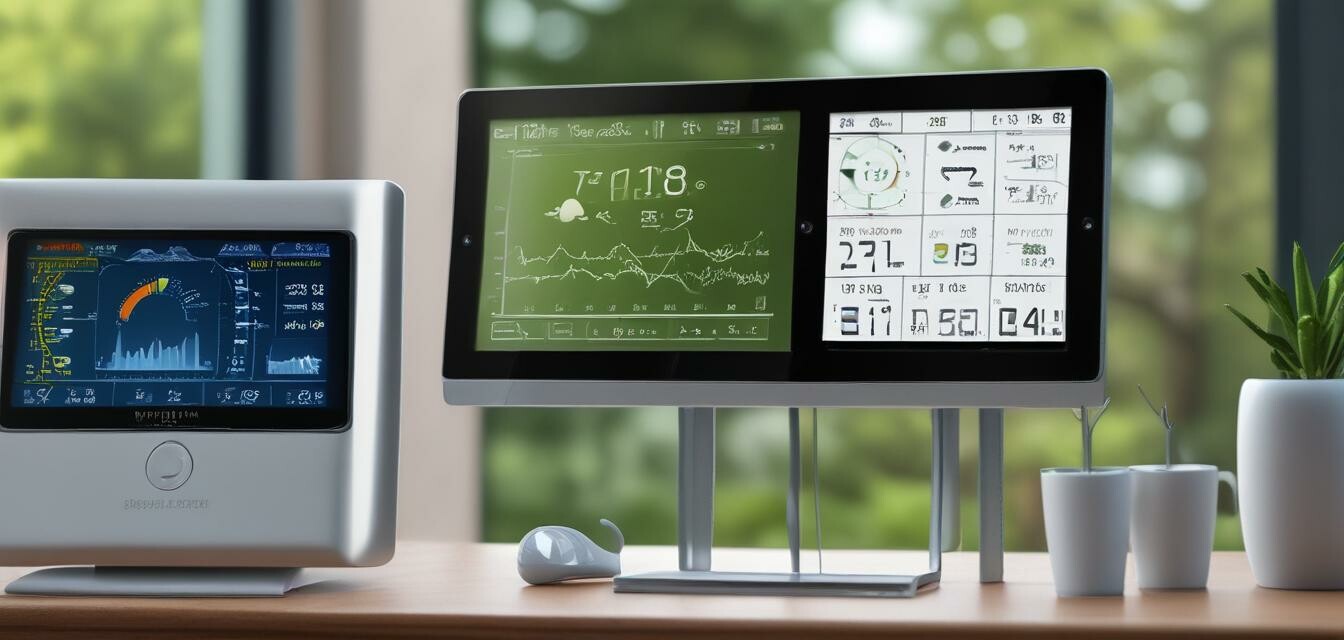
Essential Features of High-End WiFi Weather Stations
Key Takeaways
- High-end WiFi weather stations offer comprehensive data collection capabilities.
- They often feature advanced sensor technology for accurate weather monitoring.
- Integration with smart home systems is a common benefit.
- Quality displays provide real-time updates and user-friendly interactions.
- Many high-end models include data sharing features for enthusiasts.
Weather enthusiasts often seek out high-end WiFi weather stations that offer advanced features tailored for professional-grade weather monitoring. With numerous options available, understanding the key characteristics that differentiate these models is crucial for making an informed choice.
Advanced sensor technology
One of the defining features of high-end WiFi weather stations is their use of advanced sensor technology. Here are some of the essential sensors you might find:
| Sensor Type | Functionality |
|---|---|
| Thermometer | Measures air temperature with precision. |
| Barometer | Monitors atmospheric pressure to predict weather changes. |
| Anemometer | Measures wind speed and direction. |
| Hygrometer | Determines humidity levels in the air. |
| Rain Gauge | Measures rainfall amounts accurately. |
With the ability to monitor multiple weather elements simultaneously, these sensors provide enthusiasts with an accurate understanding of their local environment.
Integration with smart home technology
The seamless integration of high-end WiFi weather stations with smart home technology is another significant advantage. Many models offer compatibility with various smart home platforms, enabling users to:
- Automate home temperature control based on weather data.
- Receive weather alerts via smart devices.
- Integrate with other smart devices, such as irrigation systems.
This level of integration enhances the functionality of weather stations, making them a valuable part of any smart home setup.
User-friendly displays and interfaces
The user interface and display quality are critical features of high-end WiFi weather stations. They often include:
| Display Type | Features |
|---|---|
| Touchscreen | Offers a modern, interactive experience. |
| Color Graphics | Visual representation of weather data enhances readability. |
| Remote Access | Users can view data from anywhere via mobile apps. |
The emphasis on user-friendly displays ensures that even those who are not tech-savvy can easily navigate and utilize all the features available.
Data sharing capabilities
High-end models frequently come equipped with data-sharing features, allowing enthusiasts to:
- Upload their weather data to community platforms.
- Access global data for comparison and analysis.
- Contribute to research and educational initiatives.
This enables users to connect with a network of fellow weather enthusiasts, enhancing their experience and understanding of meteorological data.
Pros
- Accurate and detailed weather data.
- Enhanced connectivity and compatibility with smart devices.
- User-friendly interfaces for easy operation.
- Community engagement through data sharing.
Cons
- Higher initial investment cost.
- Learning curve for navigating advanced features.
- Dependence on WiFi connectivity for full functionality.
Conclusion
Investing in a high-end WiFi weather station can be a fantastic decision for weather enthusiasts and professionals alike. The wide range of features, including advanced sensor technology, smart home integration, user-friendly displays, and data sharing capabilities, solidifies their position as tools integral to understanding the weather. By exploring different models and selecting the one that fits your needs, you can elevate your weather observation experience.
For more information about various weather station categories, check out our sections on barometers, digital anemometers, and smart thermometers. You can also explore our latest trends and tips for effective weather monitoring.